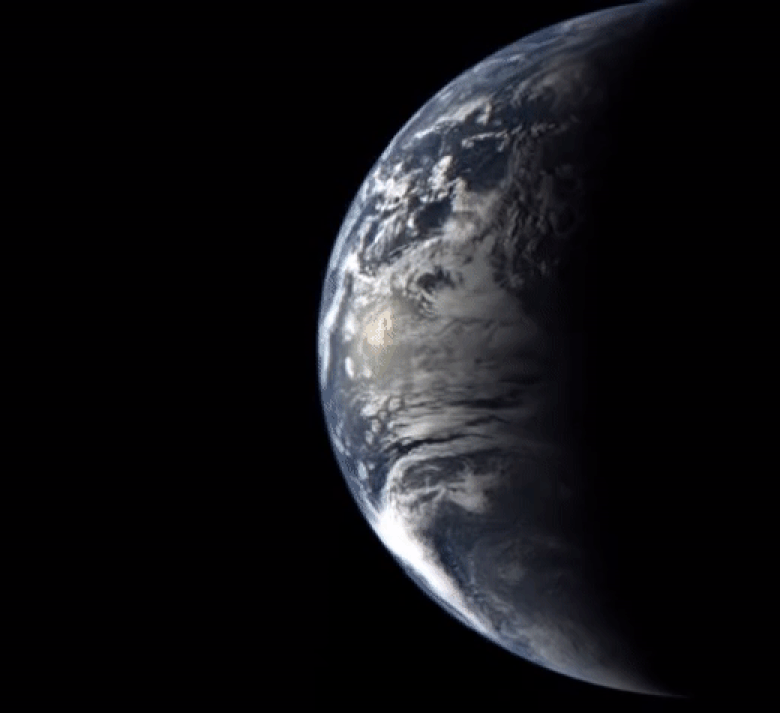DEAD RECKONING i
s the navigational process of calculating
current position of some moving object by using a previously determined position, or fix, by using estimations of speed, heading direction and course over elapsed time.ADVANTAGE: it can be a highly accurate way of moving from one point to another if done carefully over short distances, even where few external cues are present to guide the movements.
In other words, we can forecast where we might be in 3 months by using the clues and cues of where we are now which has been determined by dead reckoning, but, if we were to push farther out into the future and even if our forecasted predictions were based and predicated upon the past for the last 20-50 years, there is still no guarantees that they will continue in the same direction forward unless the future has already been PREORDAINED or PREDETERMINED which we all know is simply not possible at all... given our current levels of knowledge and technologies... however, is that really true?
The speed of light is very fast and it takes about 8.5 minutes for sunlight to reach the earth... so, the light of our present is really from the sun's past. And if, we were living on the sun, the earth would be 8.5 minutes ahead of us... therefore, we could see into our future... however, at this moment living on the sun is theoretically impossible and probably highly improbable given how hot it is.
But, the concept of seeing into our future is theoretically possible... so, our future can be seen as being preordained and/or predetermined... it is just that we are not in a position to take advantage of that. Yet, if we could, then it would also be possible to see into our future more than 3 months, possibly more than 3 years, highly likely more than 3 decades, and quite feasible more than 3 centuries or more.
RIGHT NOW: we are simply in a position where all we can do is make predictions like:
1. China using its military and economy one day to control the world
2. North Korea becoming a nuclear power and using it against South Korea and Japan
3. Russia reclaiming all those countries that the USSR lost once its government dissolved
4. Larger cities like SEATTLE, WA increasing and sustaining waves of crime and violence now that police department have been defunded
5. Our country bordering on financial collapse (or printing up more money) due to the wealthy hiding their money so that it cannot be taxes to pay for everything
6. Changing our government from being a Democratic Republic to that of a Socialist Nation
7. To seeing race wars spread like wildfire across the continent when in reality they are wars between the wealthy and those who live in or close to poverty









